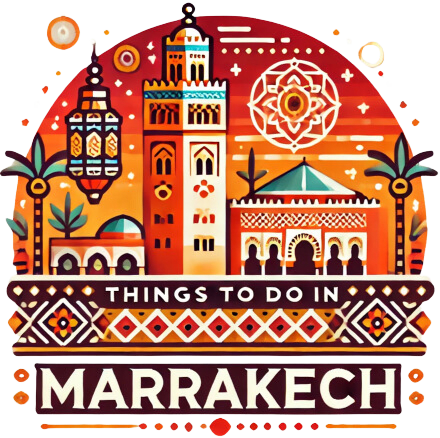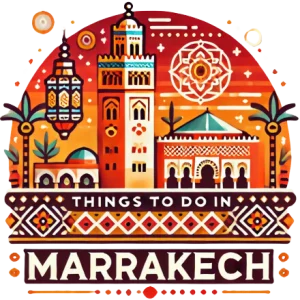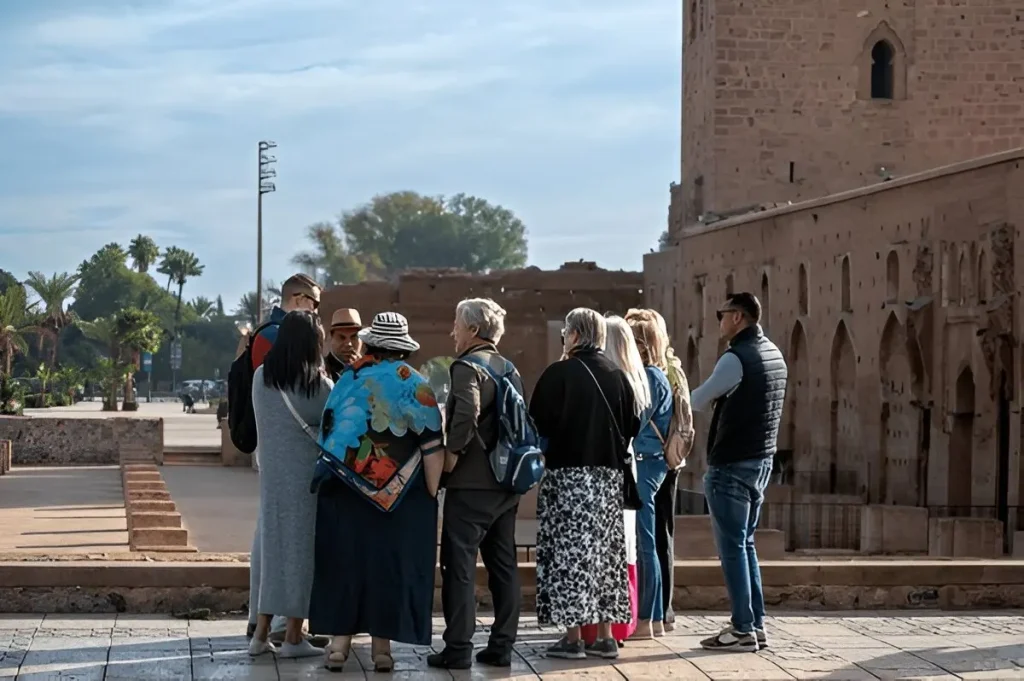Welcome to the best cultural experiences in Marrakech, a vibrant city where centuries-old traditions and modern influences blend seamlessly. Whether you’re strolling through the bustling souks of the Medina, marveling at the timeless architecture, or indulging in a steamy hammam ritual, Marrakech offers a tapestry of cultural gems unlike anywhere else in the world. This guide will walk you through the city’s rich heritage, immersive activities, culinary delights, and hidden corners—ensuring you walk away with an authentic taste of Moroccan life. Dive into this captivating cityscape and discover why Marrakech tops the list for travelers seeking meaningful, culturally rich adventures.
Table of Contents
1. Understanding Marrakech’s Cultural Tapestry
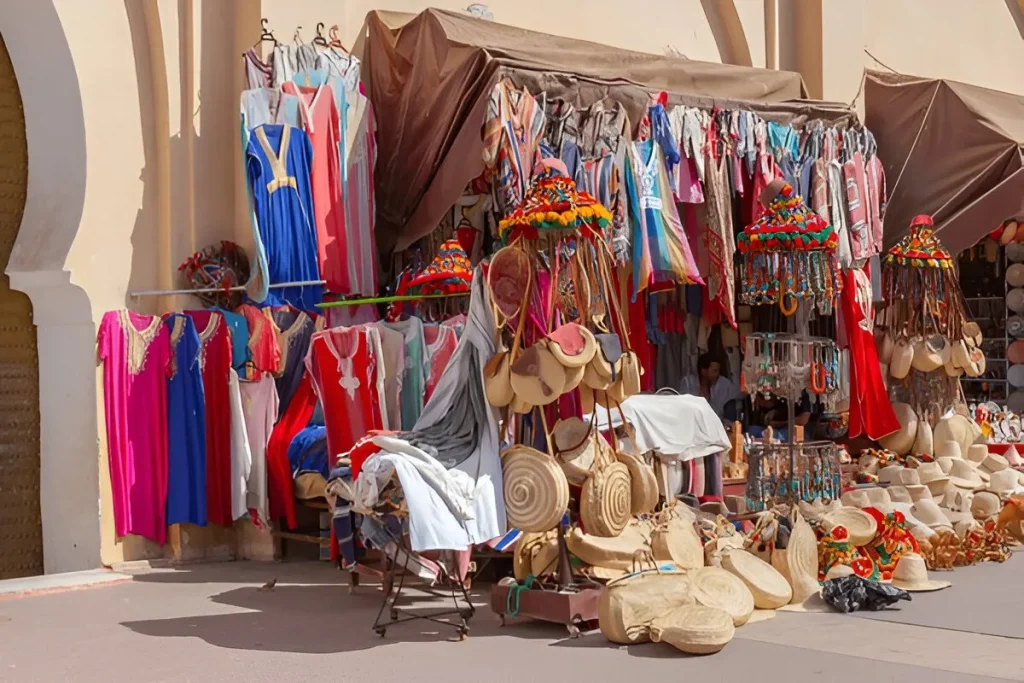
Marrakech, often dubbed the “Red City” due to its rose-hued walls and buildings, is a cultural melting pot with influences from Berber tribes, Arabic traditions, sub-Saharan African customs, and even Andalusian architecture. These diverse roots converge in every aspect of daily life—whether it’s art, music, language, or cuisine—making it one of the best cultural experiences in Marrakech for visitors who crave authenticity.
A City of Ancient Heritage
- Historical Layers: Founded almost a thousand years ago, Marrakech has witnessed the rise and fall of dynasties, each leaving a unique imprint.
- Architectural Blend: Moorish arches, elaborate tilework, and hidden courtyards reveal the city’s multicultural ancestry.
- Language and Religion: Arabic and Berber languages dominate, with French spoken widely. Islam, the primary religion, shapes much of the cultural practices and calendar.
This layered heritage makes Marrakech not just a tourist spot but a living museum where visitors can connect with a storied past.
2. Must-See Landmarks that Showcase Cultural Depth
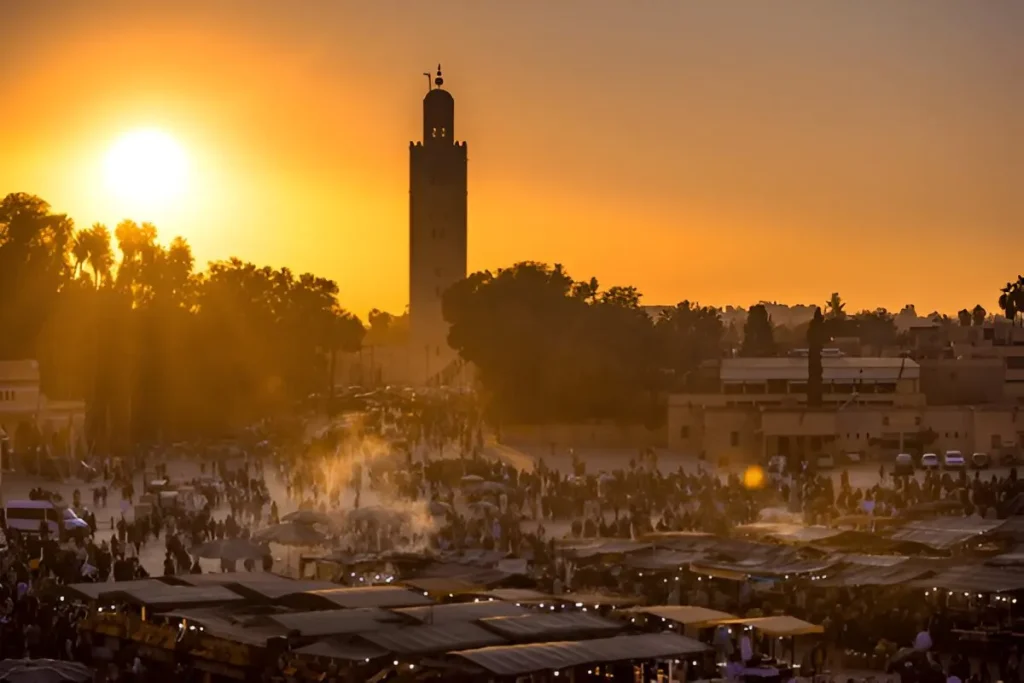
Stepping into Marrakech’s top landmarks is more than just sightseeing—it’s a journey through Moroccan history, tradition, and art.
Jemaa el-Fnaa
No trip to Marrakech is complete without experiencing the beating heart of the city: Jemaa el-Fnaa. By day, this UNESCO-recognized square buzzes with snake charmers, henna artists, and juice stalls. By night, the square transforms into an open-air food haven filled with music, storytelling, and dancing.
Cultural Tip: Arrive just before sunset to watch the square’s ambiance transition from daylight hustle to nocturnal spectacle.
Koutoubia Mosque
Visible from many parts of the city due to its towering minaret, Koutoubia Mosque is a cornerstone of Marrakech’s spiritual life. Though non-Muslims cannot enter, you can admire its exterior architecture and the surrounding gardens.
Interesting Fact: The mosque’s minaret served as a blueprint for other iconic structures like the Giralda in Seville, Spain.
Bahia Palace
Constructed in the late 19th century, the Bahia Palace exemplifies traditional Moroccan architecture, with intricately carved wooden ceilings, zellige tilework, and serene courtyards.
Why Visit: A stroll through its lavish rooms and tiled courtyards offers insights into how Moroccan nobility once lived.
El Badi Palace
Though in ruins, El Badi Palace still impresses visitors with its vast layout, sunken gardens, and storks nesting atop its walls. Originally designed to be the grandest palace in the land, today it stands as a poignant reminder of past glories.
Highlight: Explore the sub-level corridors to discover hidden chambers and a fascinating small museum.
Saadian Tombs
Dating back to the 16th century, these beautifully preserved tombs house members of the once-powerful Saadian dynasty. Decorated with Italian Carrara marble and vibrant mosaics, they remained hidden for centuries until rediscovered in 1917.
Cultural Insight: The Saadians were known for their patronage of the arts, which is evident in the craftsmanship of these tombs.
These landmarks reveal how each era of Marrakech’s history contributed to shaping its cultural identity, making them an essential part of enjoying the best cultural experiences in Marrakech.
3. Immersive Cultural Workshops and Classes
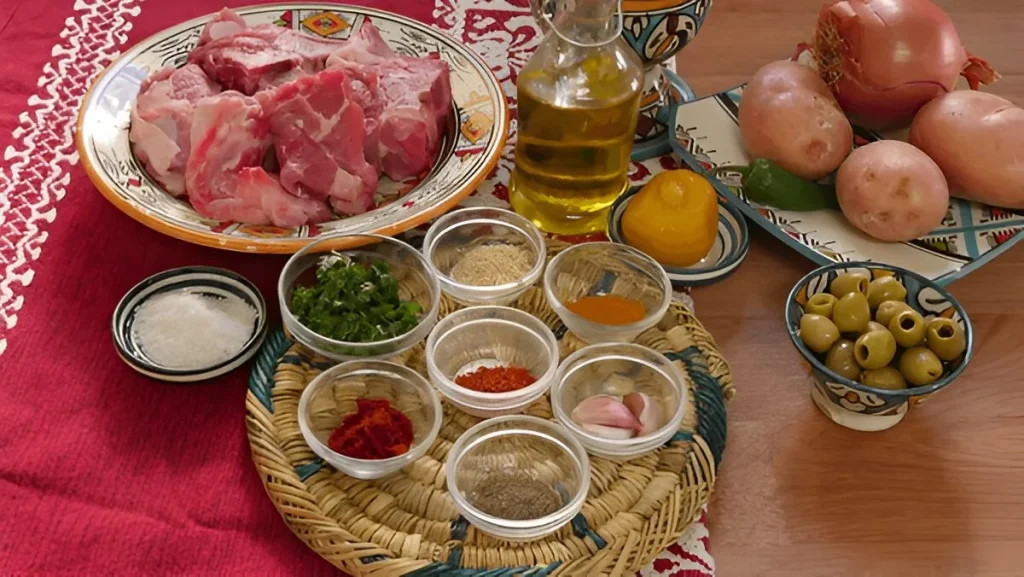
Experiencing Marrakech’s culture isn’t just about observing; it’s about participating. Engaging in workshops or classes allows you to learn traditional skills, meet locals, and deepen your connection to the city.
Moroccan Cooking Classes
One of the highlights of any Moroccan adventure is the cuisine. Hands-on cooking classes often start with a trip to the local market to pick out fresh ingredients. You’ll then learn to prepare tagines, couscous, and other Moroccan staples.
Tip: Look for classes that include the art of making Moroccan mint tea, a staple of local hospitality.
Added Value: You’ll come home with authentic recipes and a new culinary skill set.
Pottery and Ceramics Workshops
Moroccan pottery, famous for its zellige tiles and geometric designs, is deeply tied to the country’s artistic heritage. Several artisan studios in Marrakech offer lessons in painting ceramics or even forming clay on a traditional wheel.
LSI Keyword: “Moroccan tile design”
Hands-On Experience: These workshops often conclude with you taking home your handcrafted piece.
Traditional Crafts: Leatherwork and Brass Engraving
In the narrow alleys of the Medina, you’ll find small ateliers where artisans shape leather goods or engrave brass trays using age-old methods passed down through generations. Some of these workshops open their doors to curious visitors.
Why It Matters: By engaging in these crafts, you’re directly supporting local artisans and preserving traditional techniques.
Henna Art Sessions
Henna designs are a vibrant part of Moroccan culture, used for celebrations and beautification. While you can easily get a henna tattoo in the souks or Jemaa el-Fnaa, consider a workshop where you learn how to mix the henna paste and apply designs.
Cultural Significance: Henna is commonly applied during weddings and religious festivals, symbolizing joy, luck, and beauty.
By opting for these immersive workshops, you actively participate in the best cultural experiences in Marrakech, stepping beyond mere observation and becoming part of the city’s living traditions.
4. Savoring the Flavors: Moroccan Culinary Experiences
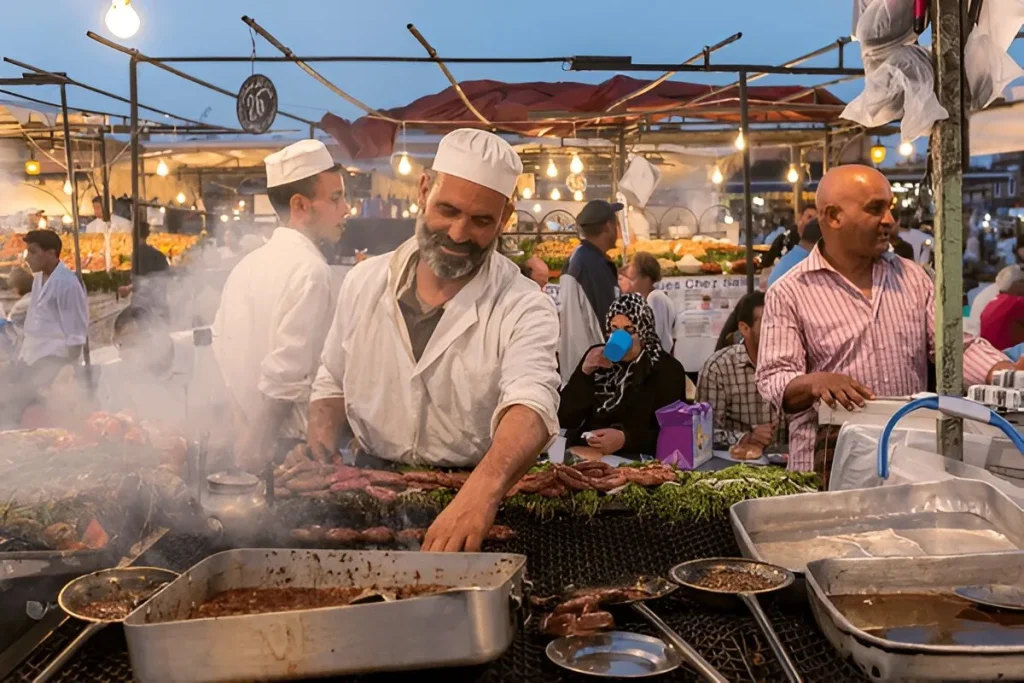
Moroccan cuisine is a delicious blend of Berber, Arab, and Mediterranean influences. In Marrakech, food isn’t just sustenance; it’s a cultural statement that unites friends, families, and visitors around communal tables.
Classic Dishes to Try
- Tagine: Cooked in cone-shaped clay pots, tagines can be found in countless varieties—from lemon chicken with olives to hearty lamb with prunes.
- Couscous: Traditionally served on Fridays, this staple is steamed to a fluffy texture and often served with vegetables and meat.
- Pastilla (B’stilla): A savory-sweet pie that typically layers shredded chicken or pigeon with eggs, almonds, and a dusting of sugar and cinnamon.
- Harira Soup: A comforting soup of tomatoes, lentils, and chickpeas, often consumed during Ramadan to break the fast.
Street Food Adventure
- Sfenj (Moroccan Doughnuts): Light, crispy treats often dipped in sugar.
- Babbouche (Snail Soup): Found in small stalls around Jemaa el-Fnaa, snail soup is a beloved local specialty.
- Msemen: Layered, flaky pancakes served with honey or cheese.
The Ritual of Mint Tea
No exploration of Marrakech’s cultural scene would be complete without discussing mint tea. Often called “Moroccan whiskey,” mint tea is a symbol of hospitality, served throughout the day to guests, friends, and family. Mastering the art of pouring tea from a height is a skill that shows respect and ensures the perfect frothy top.
By indulging in local dishes and understanding the significance behind them, you gain insight into how food anchors many of the best cultural experiences in Marrakech.
5. Festivals and Celebrations: Marrakech’s Lively Spirit
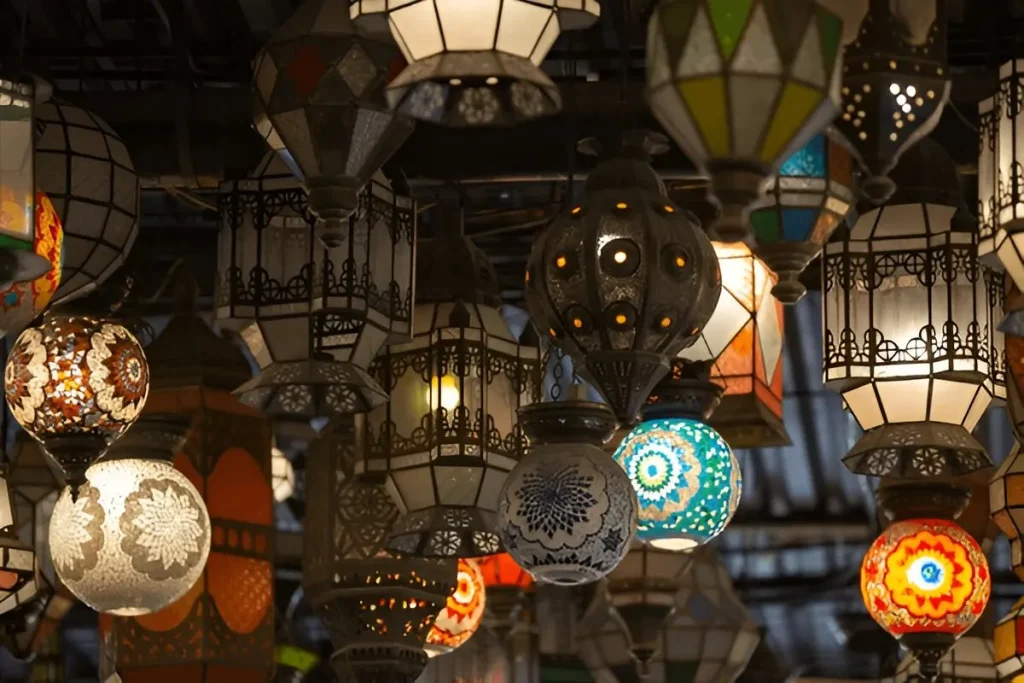
Marrakech is well-known for its festive energy. Throughout the year, numerous cultural events and religious festivities animate the city, often drawing participants from all over the globe.
Ramadan and Eid
- Ramadan: A month of fasting during daylight hours. Even if you’re not Muslim, you’ll notice the city’s rhythm shift as shops close earlier, and communal fast-breaking meals bring neighborhoods together.
- Eid al-Fitr: Celebrates the end of Ramadan, marked by feasting and visiting relatives.
- Cultural Tip: If you visit during Ramadan, show respect by avoiding eating, drinking, or smoking in public during daytime hours.
Marrakech Popular Arts Festival
Held annually, this festival showcases traditional Moroccan music, dance, and folklore. It’s an ideal opportunity for visitors to witness local troupes performing, from Berber dancers to Gnaoua musicians.
What to Expect: Parades, open-air shows, and a vibrant celebration that spills into the streets and squares.
International Film Festival of Marrakech
This prestigious event, often compared to Cannes Film Festival, attracts international celebrities and film enthusiasts. Screenings and discussions highlight both global cinema and regional talent.
Location: Typically hosted at iconic venues like the Palace of Congresses.
Why Go: Even if you’re not a big film buff, the atmosphere around the city is electric during the festival.
Moussem Festivals
Morocco hosts many local moussem (or religious festivals), which honor saints or commemorate special events. While these can be found across the country, Marrakech often serves as a hub for gatherings that include music, markets, and communal meals.
Experiencing Marrakech during one of these festivals adds an extra layer of excitement to your trip, offering firsthand insight into the energy that fuels the best cultural experiences in Marrakech year-round.
6. The Soul of Marrakech: Art, Music, and Performance
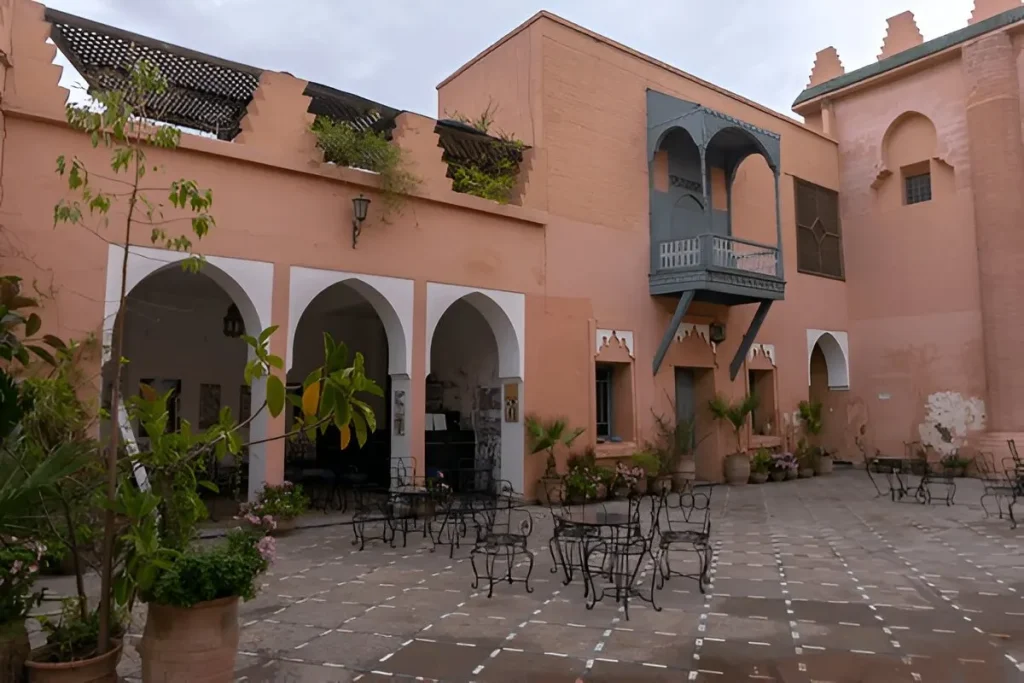
Beyond festivals and food, Marrakech’s cultural soul shines through its thriving art and music scenes.
Art Galleries and Museums
- Marrakech Museum: Located in the Dar M’Nebhi Palace, it features contemporary art exhibits alongside historical artifacts, giving a dual look at Moroccan heritage.
- Musée Yves Saint Laurent: Reflects the fusion of modernity and tradition, showcasing fashion and design in a city that deeply inspired the legendary designer.
- Maison de la Photographie: Offers a fascinating glimpse into Morocco’s past through historical photographs spanning over a century.
Traditional Music and Dance
- Gnaoua Music: Originating from sub-Saharan regions, Gnaoua is a hypnotic mix of drum beats and string instruments like the guembri. Attend a live performance in Marrakech’s old quarters for an unforgettable night.
- Ahwash and Andalous Music: Intricate rhythms and poetic lyrics define these traditional music forms, often performed during family celebrations and cultural events.
Street Performances
Walking through Marrakech’s Medina, it’s not uncommon to stumble upon spontaneous performances. From storytellers recounting ancient legends to Sufi-inspired music circles, street life in Marrakech is an ongoing show.
Pro Tip: Always keep small change on hand as a token of appreciation for the artists.
Whether you’re browsing a modern art gallery or swaying to the beat of Gnaoua drums in a hidden café, there’s no shortage of cultural offerings to immerse yourself in. This creative pulse cements Marrakech’s status as a top destination for anyone seeking the best cultural experiences in Marrakech.
7. Etiquette and Customs to Enrich Your Trip
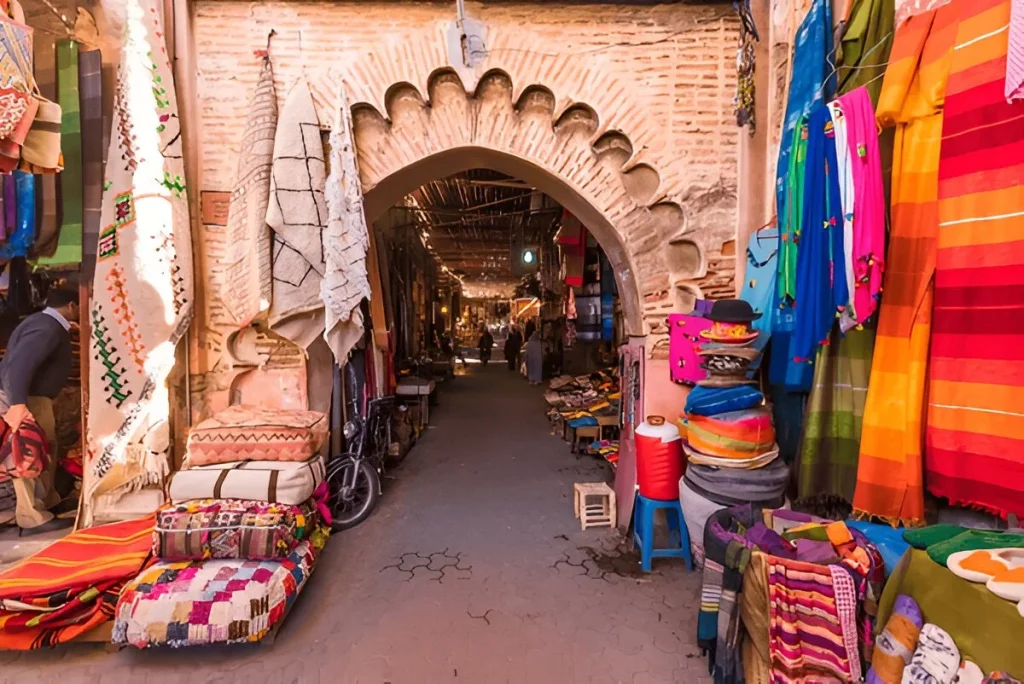
Understanding local etiquette not only deepens respect for Moroccan culture but also allows you to engage more authentically with the community.
Dress Code
While Marrakech is more tourist-friendly than some other Moroccan cities, modest dress is still recommended, especially in religious or residential areas.
General Guide: Cover shoulders, avoid very short skirts or shorts, and consider a light scarf if visiting mosques or traditional neighborhoods.
Greetings
Moroccans tend to be warm and welcoming, greeting each other with handshakes or cheek kisses (for the same gender) depending on their relationship.
Useful Phrases:
- “Salam Alaikum” (Peace be upon you)
- “Shukran” (Thank you)
- “La shukran” (No thank you)
Bargaining in Souks
Haggling is part of the Moroccan shopping experience. Approach it politely and with a sense of humor.
Tip: If a shopkeeper’s price is too high, smile and negotiate. If you reach a fair price, finalize the deal with gratitude.
Public Displays of Affection
While hand-holding is generally acceptable, overt displays of affection are frowned upon. Observing this social norm is a sign of respect.
By practicing these customs, you’ll not only gain the trust of locals but also enrich your journey with genuine connections, aligning perfectly with the best cultural experiences in Marrakech.
8. Where to Stay for Authentic Marrakech Culture
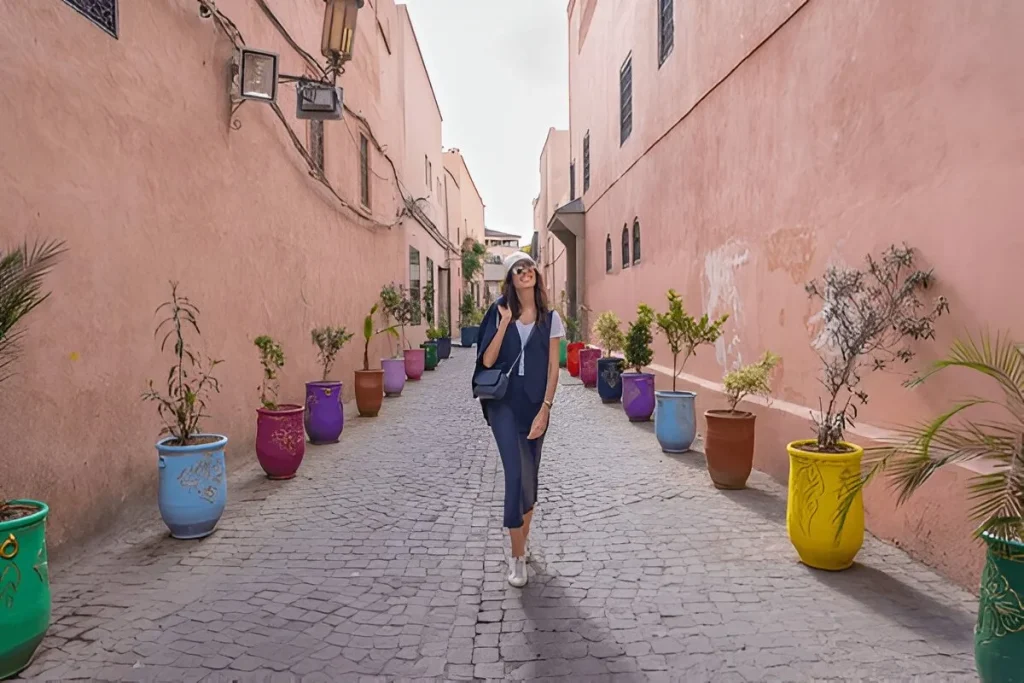
Accommodation can significantly influence how you experience Marrakech’s cultural pulse. Opting for local lodging options allows you to stay immersed in the city’s daily life.
Riads: The Heart of Marrakech Hospitality
A riad is a traditional Moroccan house or palace with an interior garden or courtyard. Staying in a riad often means:
- Personalized Service: Many riads are family-run, offering hearty breakfasts and insider tips.
- Stunning Architecture: Expect tiled floors, wooden latticework, and a serene atmosphere.
- Central Location: Most riads are nestled in the Medina, putting you close to top cultural sites.
Boutique Hotels and Guesthouses
For those who want modern amenities while still savoring local flair, boutique hotels in Gueliz or Hivernage neighborhoods might be ideal. Some incorporate Moroccan decor elements—think mosaic-tiled lobbies and locally sourced furnishings—while offering conveniences like pools and rooftop lounges.
Luxury Resorts with a Moroccan Twist
If you prefer a high-end stay without losing the essence of Moroccan culture, luxury resorts on the outskirts of the city often blend local architectural styles with lush gardens and world-class amenities.
Advice: Check if they offer cultural programs like cooking lessons or guided medina tours for a more immersive experience.
No matter where you stay, the key is finding a place that resonates with the city’s heritage. Doing so guarantees your entire trip is steeped in the best cultural experiences in Marrakech—even when you’re resting.
9. Insider Tips for Truly Local Encounters
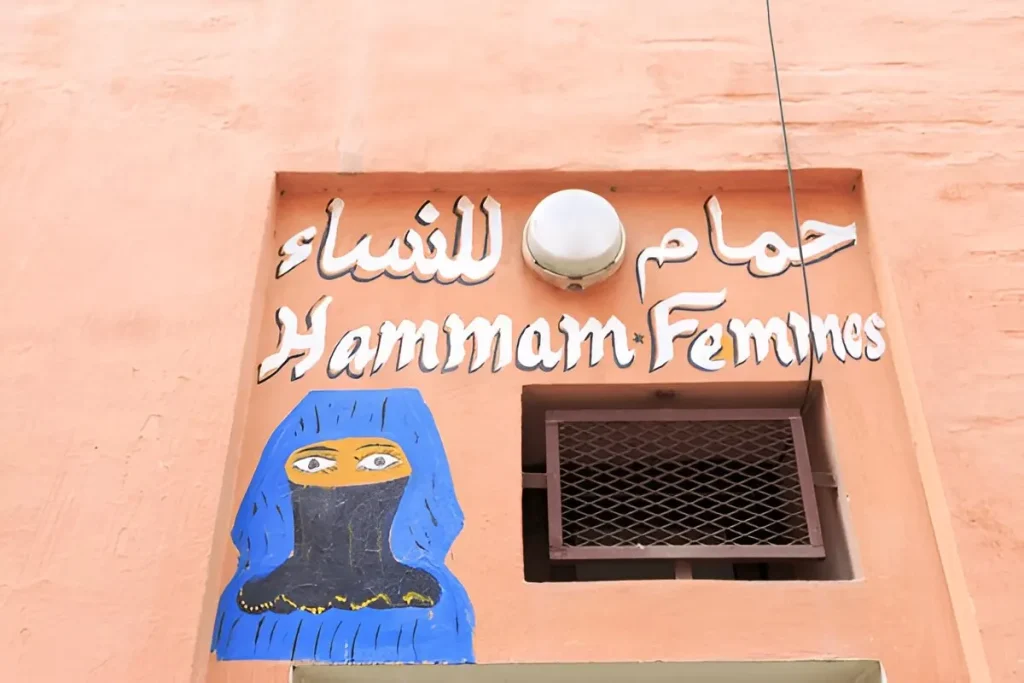
While tourist hotspots are unmissable, sometimes the most memorable moments come from everyday experiences that reflect the soul of Marrakech.
- Visit a Local Hammam
Public bathhouses are a cornerstone of Moroccan life. Choose a neighborhood hammam for an authentic scrub and steam rather than a spa catered to tourists.
Etiquette: Men and women bathe in separate areas; modesty is key. - Explore Residential Neighborhoods
Beyond the Medina, districts like Sidi Ghanem or Mellah have their own unique cultural scenes.
Pro Tip: Visit small grocery shops, bakeries, and local eateries to observe daily routines. - Participate in a Community Project
Volunteering or attending workshops by local NGOs can provide a meaningful way to understand social issues and contribute positively.
Example: Organizations that teach English or offer apprenticeships in handicrafts often welcome short-term visitor involvement. - Take a Day Trip to Berber Villages
The foothills of the Atlas Mountains are just a short drive from Marrakech. Many Berber communities there maintain age-old customs that differ from urban life.
Highlight: Savor a traditional Berber meal or watch how artisans weave carpets. - Join a Guided Food Tour
Eating is a communal affair in Morocco; a food tour led by a local can introduce you to lesser-known specialties and hidden stalls within the Medina.
Bonus: These tours often include backstories on the vendors and the history of each dish.
By integrating these insider tips into your itinerary, you’ll add layers of authenticity that define the best cultural experiences in Marrakech.
For more insights on traveling responsibly and exploring Morocco’s diverse regions, be sure to check out our comprehensive guide to traveling in Morocco on this blog .
If you’re interested in the broader context of how Morocco’s cultural heritage is preserved internationally, explore UNESCO’s official page on
Moroccan Intangible Cultural Heritage .
10. Embrace the Spirit of Marrakech
In essence, the best cultural experiences in Marrakech revolve around more than just visiting iconic attractions. They involve immersing yourself in the city’s daily rhythms—savoring its cuisine, participating in traditional crafts, respecting local customs, and forging genuine connections with its people. From the vibrant chaos of Jemaa el-Fnaa to the quiet elegance of a hidden riad courtyard, every moment in Marrakech offers a glimpse into a civilization shaped by centuries of diverse influences.
So, as you plan your journey, remember that the magic of Marrakech lies not only in what you see but also in how deeply you allow yourself to experience it. Whether you’re sipping mint tea in the Medina, haggling in a lively souk, or learning to cook a perfect tagine, each new interaction unveils another layer of this enchanting city’s culture.
Ready to discover more? Book your trip today and start creating your own unforgettable story in Marrakech.
